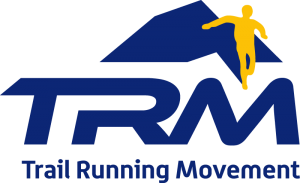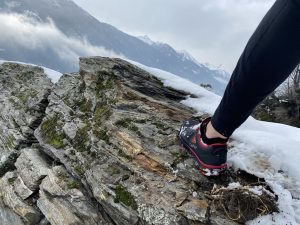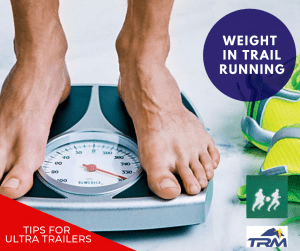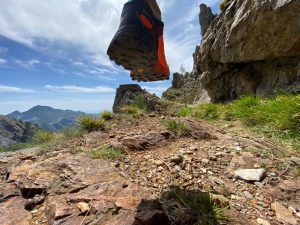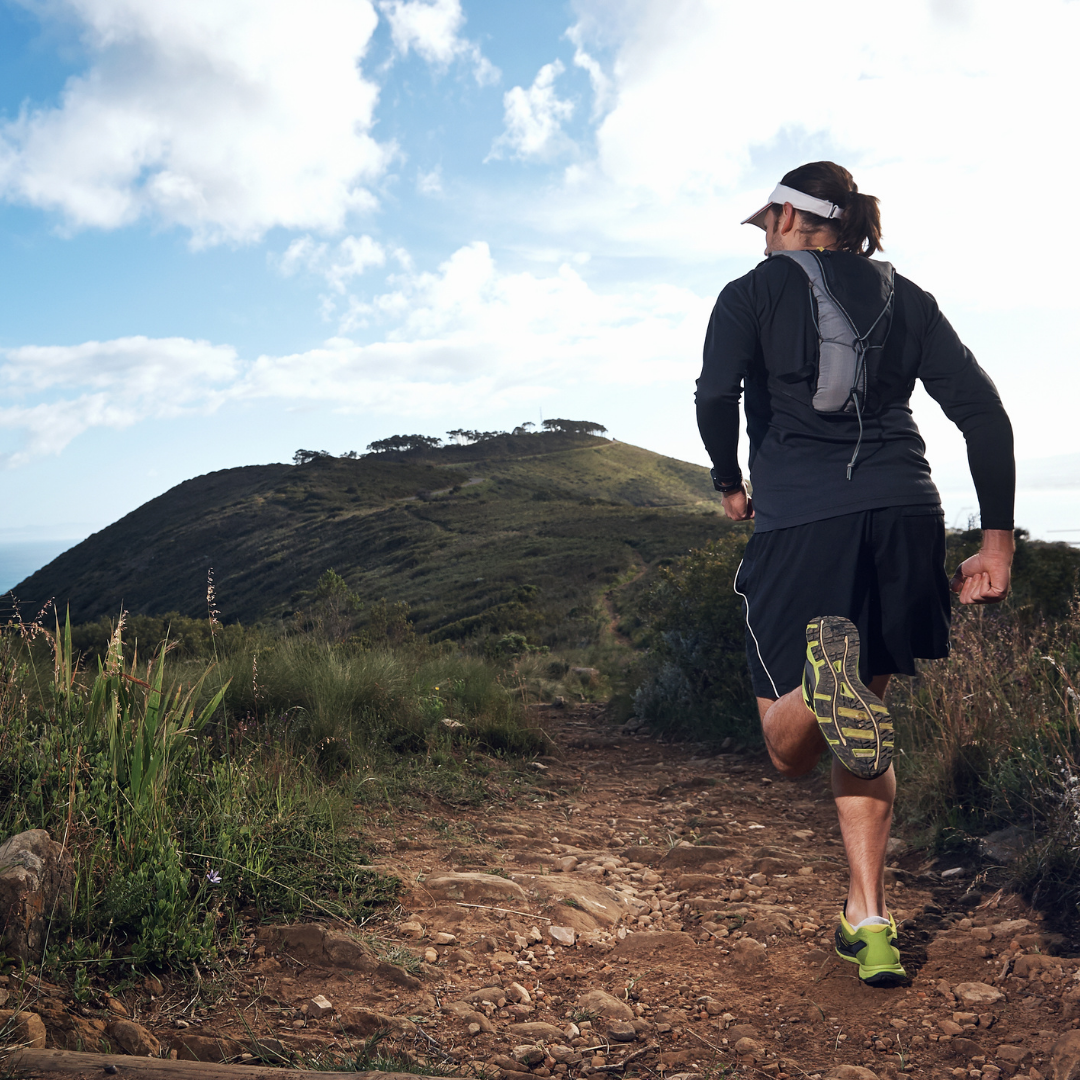
TRAIL RUNNING SHOES: WHAT DOES DROP IN RUNNING SHOES MEAN
Choosing the right shoe is fundamental in trail running and the drop is an element to consider. The Drop is the difference in height between the heel support and the support of the front part of the foot at the level of the midsole. The difference in height keeps the foot inside the shoes more or less inclined.
The Drop of trail running shoes generally varies from 12 mm to 4 mm, but for the followers of the natural running or “barefooting” theories it reaches 0.
Let’s go through the main characteristics of the different types of Drop.
- Drop 0 mm. Shoes used by lovers of natural running. For most athletes, it is difficult to adapt easily to using this type of footwear without a risk of injury due to the excessive stress of the Achilles tendon and a limited cushioning. These shoes are more suitable for flat and soft terrains.
- Drop 4 mm. An almost flat shoe suitable for runners with excellent running technique landing first on the middle or front of their feet. Recommended for those who are advanced athletes looking for top sports performance in short distance trail running races.
- Drop between 6 mm and 10 mm. Here we find the trail running shoes suitable for most trail runners. The choice of the Drop will depend on the type of support, the athlete’s experience and running technique, the recurrence of injuries, the type of races and the duration of the training sessions, especially the long runs.
- Drop 12 mm. These are trail running shoes with the back of the heel generally very cushioned, suitable for beginners in trail running and for those who need a shoe that can keep up with the fatigue arising after many hours of competition offering additional foot support.
THE TRM COACHES ADVICE: Trail running is a sport that often takes place on terrains with roughness and obstacles. In these situations the foot needs both to be protected against rocks and other natural obstacles and to be supported and supported by a sufficiently cushioned shoe. The athlete will have to take into consideration that, with the onset of fatigue, her/he will inevitably tend to modify the running biomechanics and the efficiency of the athletic gesture, increasing the risk of injuries.
Would you like more tips on how to choose your trail running shoes? Maybe you may also be interested in:
- the checklist for the perfect purchase of the trail running shoe, click HERE
- how to choose the right size of trail running shoes, click HERE
Would you like to chat with a TRM Coach? Contact us here TRM Coach
DOWNLOAD our mini guide? MINI GUIDE TRAIL RUNNING TRAINING
allenatori trail running, best running shoes, best trail running shoes, inov8, running coaches, running shoes, TRAIL RUNNING COACHES, trail running gear, trail running shoes, trail running shoes drop



